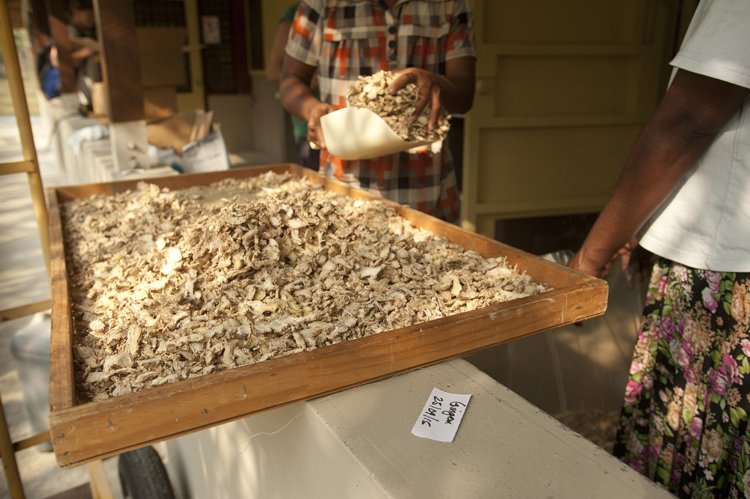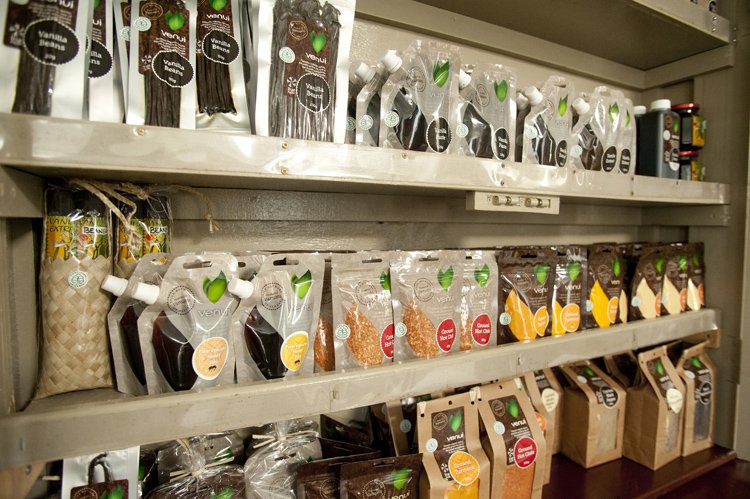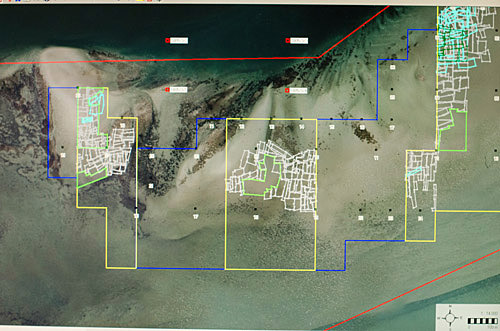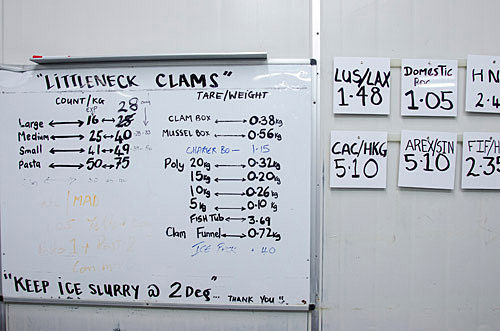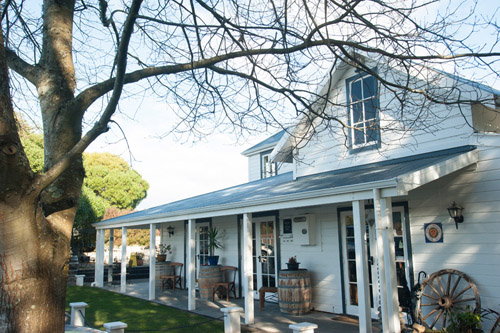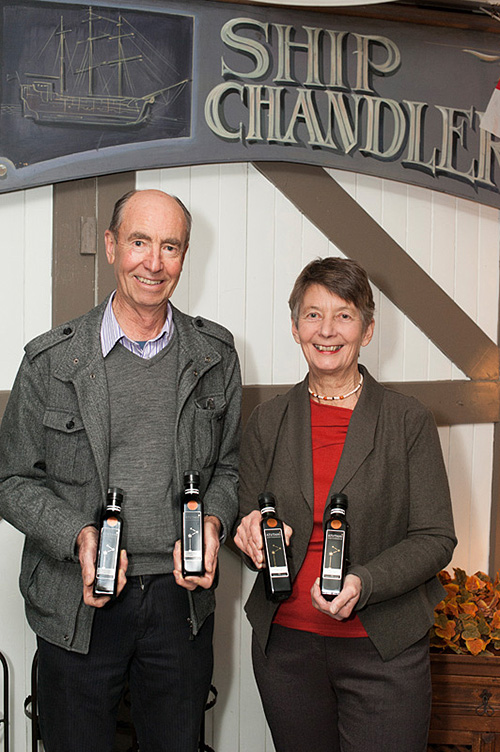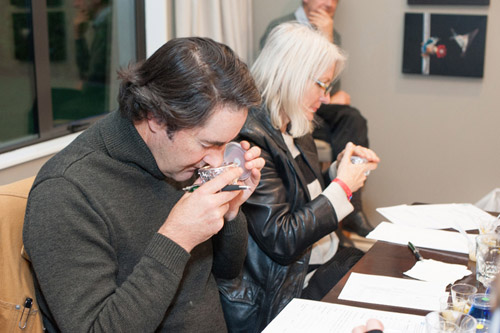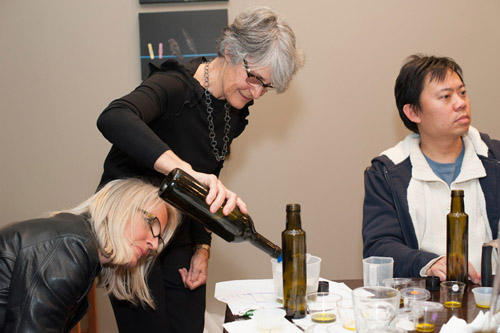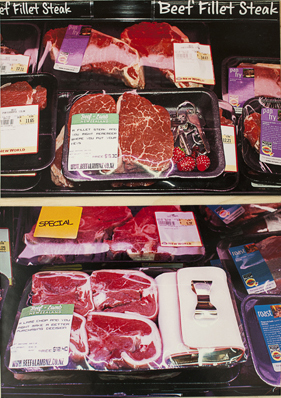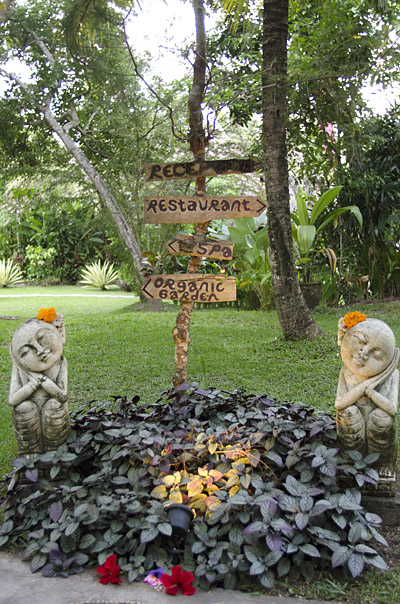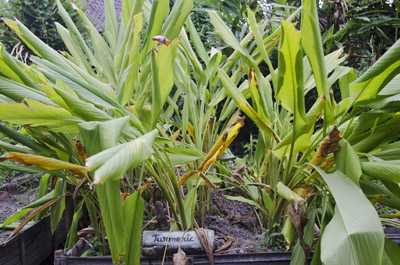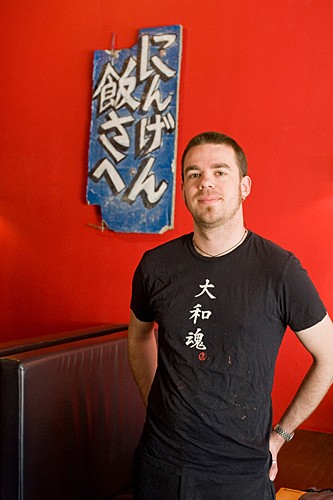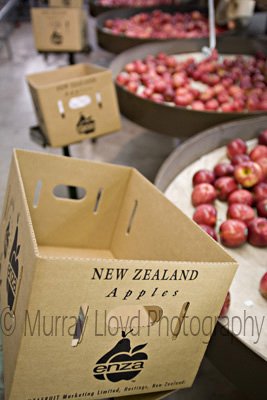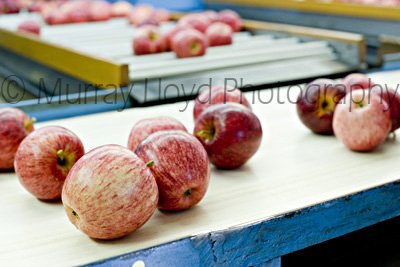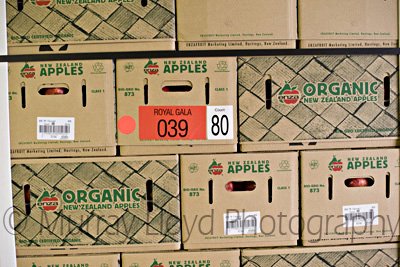After 28 yrs of Vanilla production in Vanuatu Pierro Bianchessi has left for Italy, his homeland. An organic chemist, Bianchessi arrived in Vanuatu in 1987 and found the perfect climate for growing vanilla. He established Venui Vanilla and by 1991 demand had increased beyond what he could produce on his own land. Growers were contracted and trained from northern islands in Vanuatu, processing 2000-2500 tons of vanilla each year at the peak of production. Certified organic from 1997, Pierro marketed the vanilla himself at food shows in Europe, NZ , Australia and New Caledonia. Venui Vanilla quickly became Vanuatu’s premiere artisan food producer.
Vanilla needs a dry coolish winter of 7-8 weeks for successful pollination and although this was possible initially the amount of vanilla being processed has now dropped to 2-300kg per year. Bianchessi states this is a direct result of climate change.
Venui Vanilla now also produces peppercorns, turmeric, chillies and ginger and to reflect this has been rebranded Venui Vanilla - Spices of Vanuatu. Venui would have to process five times the amount of peppercorns to replace the value of the declining vanilla crop according to Bianchessi.
New Zealand has strong links with Venui. An Auckland based graphic designer created the cool looking soft packaging and New Zealand’s BioGro Organic Certification was achieved in 2013. This certification also covers the 200 small farmers who supply the company.
A new manager has been found and the company has been sold to LCM, a very established grocery business based in Luganville. A new cold pressed centrifugal coconut oil processing facility is being built as a result of the new investment.
Although departing, Bianchessi was optimistic the organic ethos of Venui will continue. He believes Vanuatu has a good future with food production as it remains naturally organic, the last of the Pacific Islands to be in this state.
Sorting Ginger
Ginger drying
Chilies and tamarind drying
Venui Vanilla in Vanuatu
Boxes of spices ready to export
Venui Vanilla retail outlet
Sorting Vanilla in Vanuatu
Sacks chillies in Vanuatu
Vanilla being stored in Vanuatu
Sacks of turmeric in Vanuatu
Pierro Bianchessi with bags of peppercorns in Vanuatu
Organic chilies drying in Vanuatu
Chilies drying in Vanuatu
Unloading trays of chilies to dry in Vanuatu
Portrait of Pierro Bianchessi founder of Venui Vanilla

